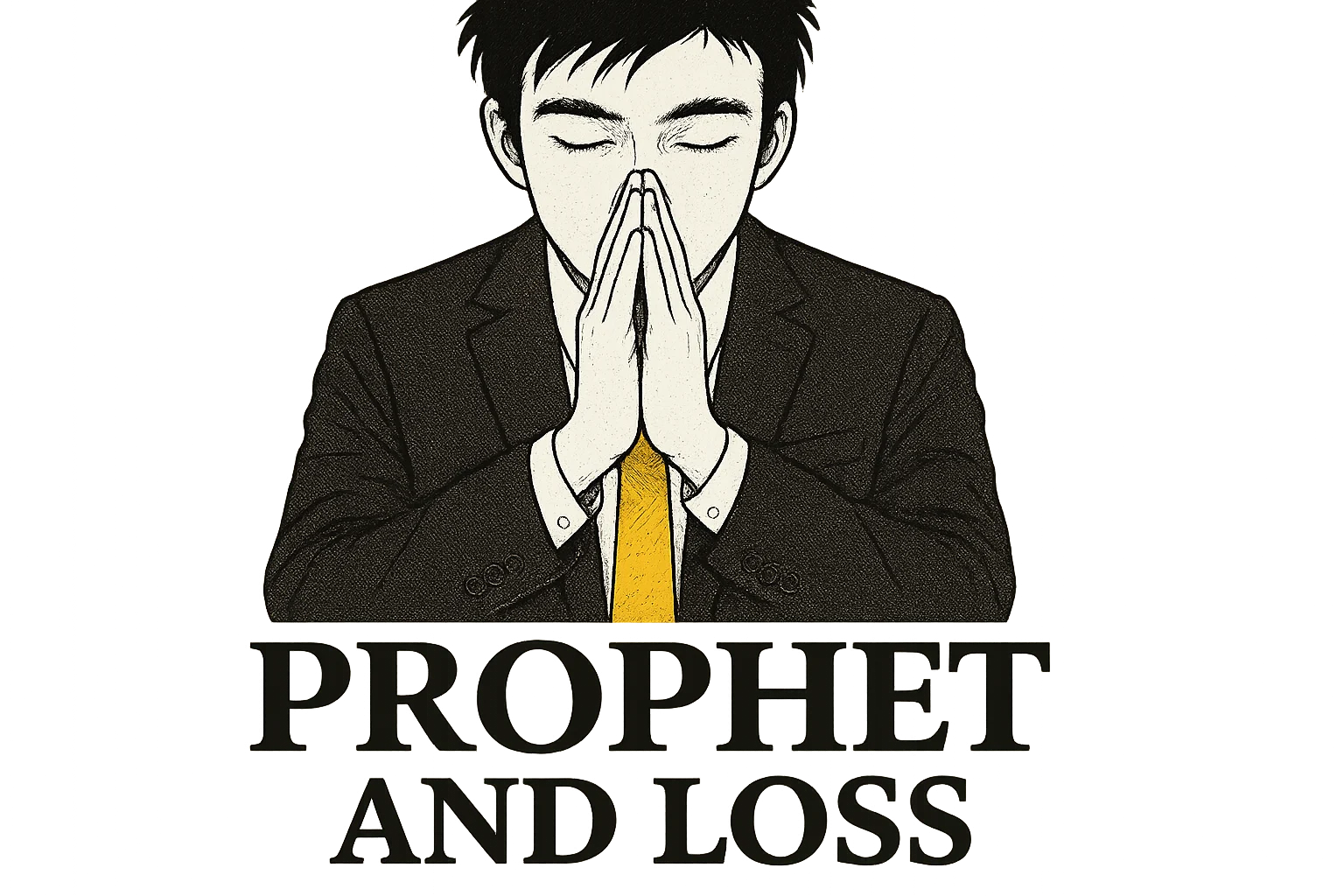Are we heading for a recession? That’s the question on everyone’s mind as we navigate 2025. The short answer: we might be, but it’s complicated. The economy is currently teetering on the edge, with a mix of strong fundamentals and mounting warning signs. To better understand where things are headed, let’s dive into the key areas economists and analysts are watching closely—and why some believe a recession may be inevitable.
Labor market strength is beginning to show cracks
Historically, the labor market is one of the last things to falter before a recession, and right now, it still looks relatively robust. Unemployment remains low and initial jobless claims dropped slightly in May 2025. But dig a little deeper, and the cracks start to appear. The pace of hiring is slowing, wage growth is stalling, and the average length of unemployment is creeping up.
Economist Kathy Bostjancic noted, “The job market is cooling, but it’s doing so in a very controlled way. That said, we’re seeing early signals that businesses are pulling back on hiring and that can snowball.” While not yet alarming, these subtle shifts are often precursors to a broader economic downturn.
Consumer spending is losing momentum
Consumer spending accounts for about 70% of the U.S. GDP. When shoppers pull back, the economy feels it fast. In April 2025, retail sales increased by only 0.1%, a sharp decline from March’s 1.7% gain. This slowdown is partly due to the fading of the so-called “tariff bump”—a temporary spike in purchases before anticipated price hikes.
This kind of behavior indicates a change in consumer confidence. People are becoming more cautious with their wallets, and that’s often a red flag. “What we’re seeing is a shift from spending to saving,” said Diane Swonk, chief economist at KPMG. “Households are starting to brace for uncertainty.”
Tariffs and trade policy are shaking business confidence
One of the most destabilizing elements in the current economic climate is the return of aggressive trade policies. The Trump administration has reinstated tariffs on several imports, sparking trade tensions with China and the EU. Even though some tariffs have since been reduced, the uncertainty they’ve introduced into global markets is palpable.
JPMorgan Chase CEO Jamie Dimon recently warned, “We are playing with fire. Trade wars, even the threat of them, can choke off growth faster than you think.” Business investment is slowing, supply chains remain under pressure, and companies are reluctant to make long-term plans under such unpredictable conditions.
Persistent inflation is eroding real income
Despite the Federal Reserve’s aggressive interest rate hikes over the past two years, inflation remains stubbornly high. While it has eased somewhat from its 2023 peak, it is still well above the Fed’s 2% target. This limits the Fed’s ability to stimulate the economy without reigniting inflation, a tricky balancing act with serious consequences.
The longer inflation lingers, the more it eats into real wages and consumer purchasing power. And with interest rates already high, borrowing costs are putting a damper on everything from home buying to business expansion.
The Federal Reserve is stuck between inflation and stagnation
The Fed’s dual mandate—maximizing employment and stabilizing prices—has rarely looked more conflicted. Cutting rates could boost growth but risk spurring more inflation. Keeping rates high may control prices but risks triggering a recession.
This delicate position has left policymakers with limited room to maneuver. In a recent statement, Fed Chair Jerome Powell said, “We are watching the data carefully and will act as needed, but we must be cautious not to move too fast in either direction.”
That caution is part of the problem. If the economy weakens before the Fed feels comfortable cutting rates, the downturn could deepen. It’s a lose-lose scenario that could tip the balance toward recession.
Leading economic indicators are flashing red
The Conference Board’s Leading Economic Index (LEI), a composite of ten forward-looking data points, has been trending downward. This index is a reliable recession predictor when it shows sustained declines.
According to the Board’s April 2025 report, “The LEI fell for the 13th straight month, consistent with an economy that is slowing and potentially on the brink of contraction.” While not definitive, such a trend is difficult to ignore.
Corporate earnings and investment are under pressure
Companies are starting to feel the pinch. Earnings growth has slowed significantly in recent quarters, and many CEOs are warning of tougher times ahead. Investment in new projects is down, and cost-cutting measures—including layoffs—are becoming more common.
These actions create a feedback loop: as businesses tighten their belts, workers feel the pinch, and consumer spending drops even further. That’s how a slowdown turns into a recession.
Housing and manufacturing are both softening
Two sectors that typically signal the early stages of economic trouble—housing and manufacturing—are both under strain. High interest rates have priced many buyers out of the housing market, leading to a drop in home sales and construction activity. Meanwhile, manufacturing surveys indicate contraction in output and new orders.
These trends don’t just reflect slowing demand; they also highlight weakening confidence among both consumers and producers.
What does this mean for the average person?
For most Americans, the signs are subtle but unsettling: job postings are fewer, prices remain high, and the cost of borrowing continues to climb. Even those with secure jobs are thinking twice before making big purchases. This collective anxiety, in turn, contributes to the very slowdown everyone fears.
So, are we heading for a recession?
It’s not inevitable—but it is increasingly likely. The economy is absorbing a lot of shocks at once: inflation, tariffs, cautious consumers, and a wary Fed. If just one of these variables worsens, the balance could tip.
To quote Nobel laureate Paul Krugman, “Recessions often start not with a bang but with a whisper—slowdowns that accumulate until momentum turns negative.” We may not be there yet, but the whispers are growing louder.



